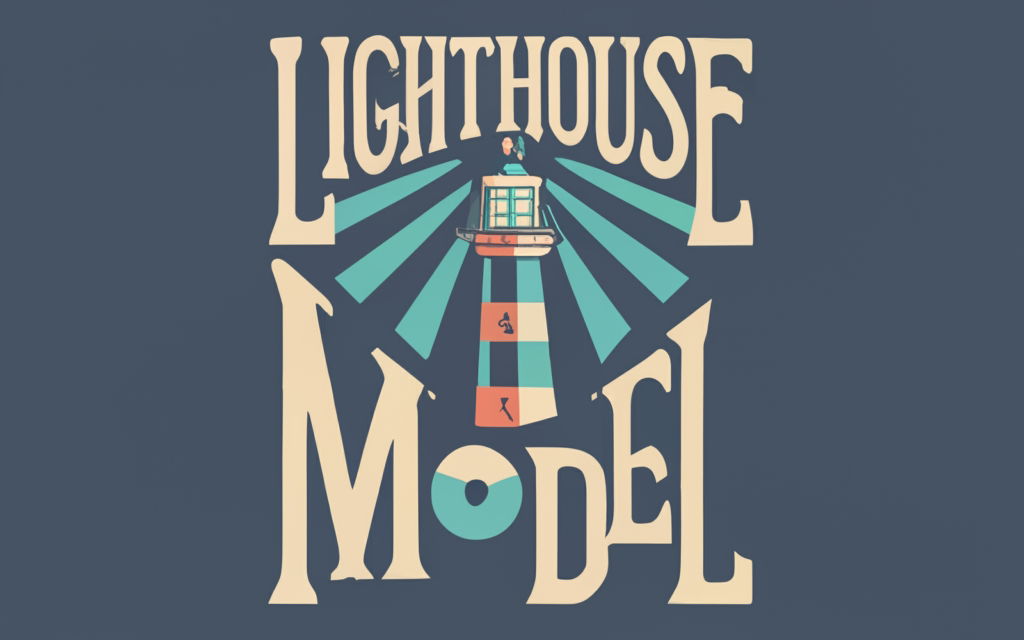It's a framework and tool that helps individuals increase their Intellectual Humility (IH). IH is a critical skill for executives facing rapidly changing markets, as it enables them to process a vast amount of information from various sources and consider multiple perspectives and values.

Individuals with higher IH consult more sources of information, analyze data with more caution, and weigh more alternatives than those with lower IH. Additionally, research has shown that leaders with high IH react less emotionally to disagreements and can better analyze situations objectively during change.
The Lighthouse Model provides a way to empower leaders to increase their IH, which can help them make more informed and effective decisions in the face of market disruptions and other challenges. The Lighthouse Model for Situational Intellectual Humility is part of our Certified Enterprise Agility Leadership Program.
Enterprise Agility offers two powerful models for cultivating intellectual humility (IH) in leaders and others—the Lighthouse and Fish Model. Each takes a different approach:
- Lighthouse model: The Lighthouse Model focuses on incremental behavior change based on behavioral science. This makes it well-suited for busy leaders who need to rapidly improve their intellectual humility but may resist an extensive mindset shift. This model identifies small, tangible actions leaders can take, such as acknowledging knowledge gaps, seeking diverse inputs, and reflecting before responding. These behaviors are then reinforced using the BOIS model, which links actions to objectives and sustainable habits (you learned about the BOIS model last week; the recording is available).
- Fish model (Intellectual Humility Journey model): In contrast, the Fish Model aims to fundamentally transform mindsets using neuroscience principles over the long term. It focuses on reshaping how leaders perceive themselves, obtain knowledge, interact with others, and pursue self-improvement. The Fish model is included in the book (Enterprise Agility Fundamentals).
Both models use techniques based on neuroplasticity, cognitive reframing, and emotional intelligence to rewire thinking patterns underlying behaviors. This creates lasting change but requires time and commitment.
